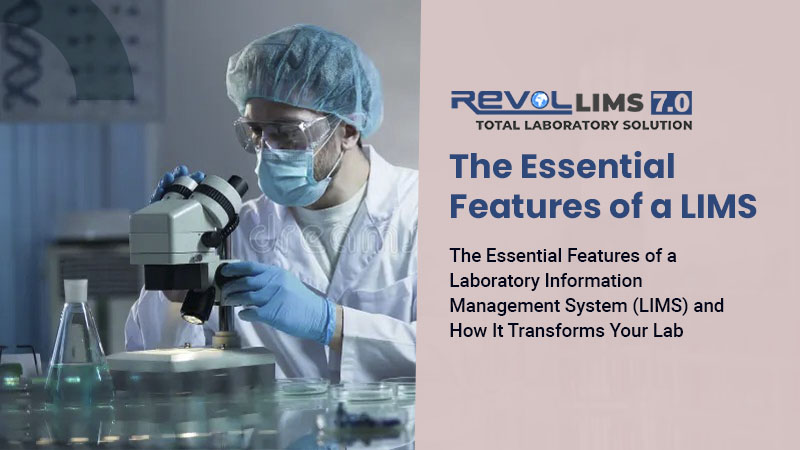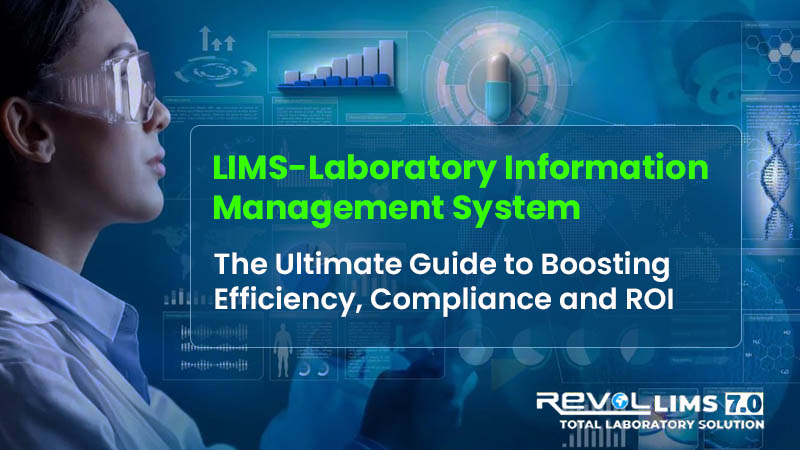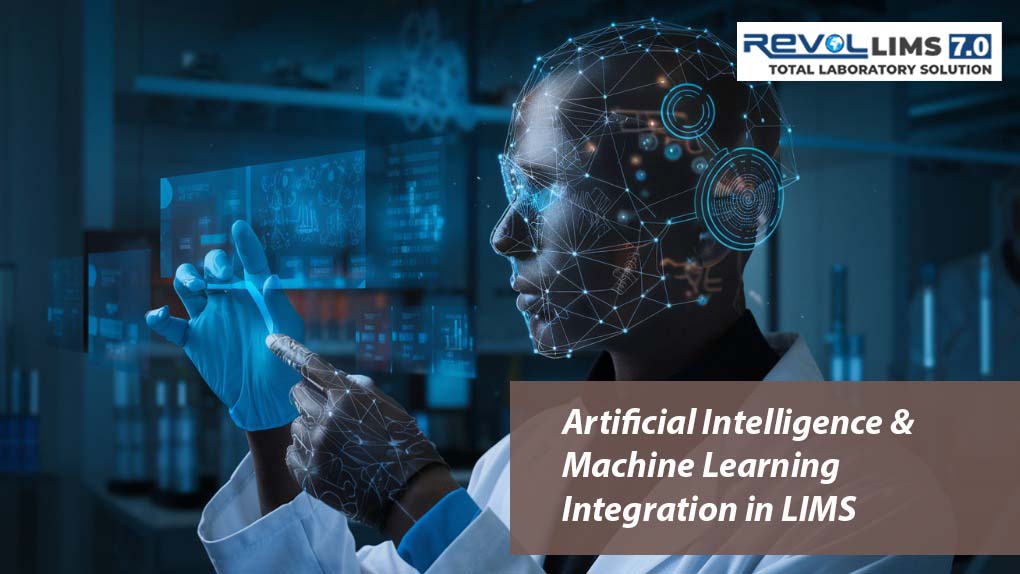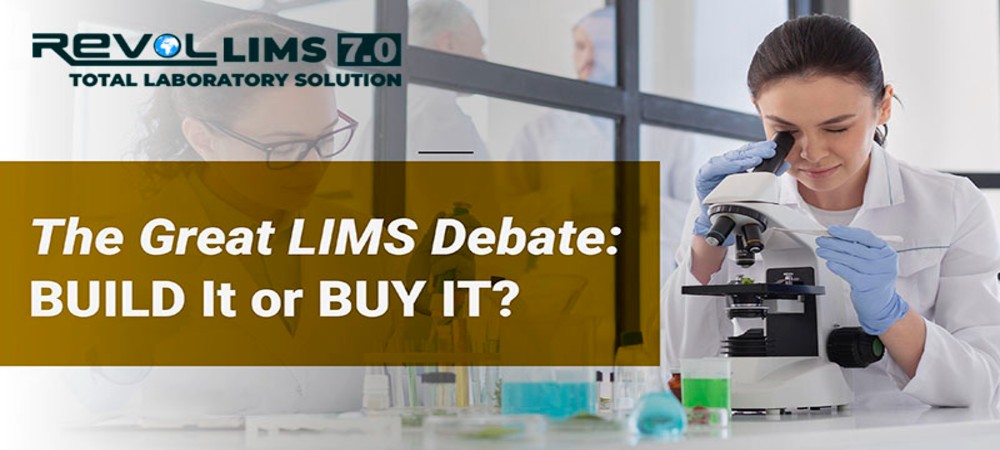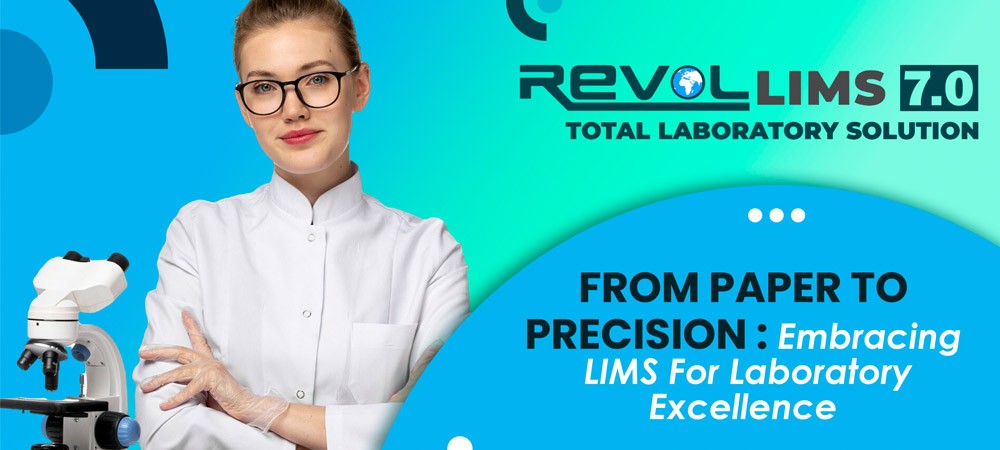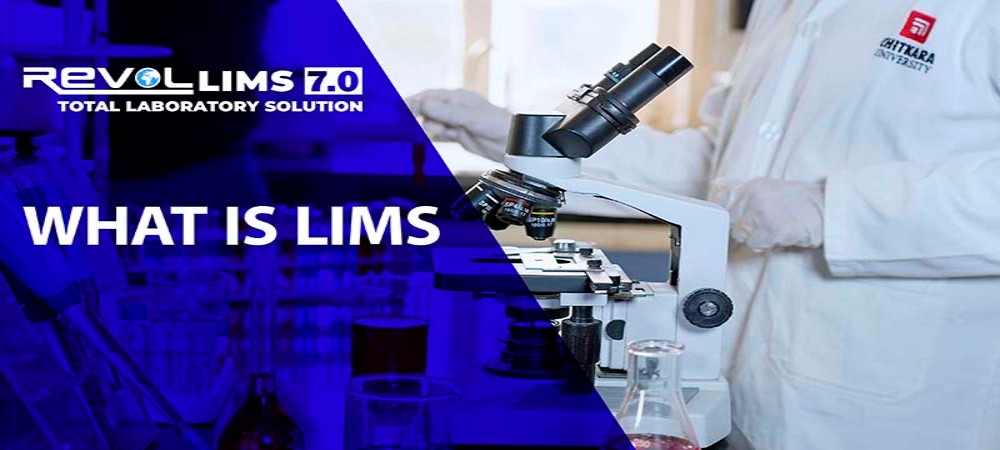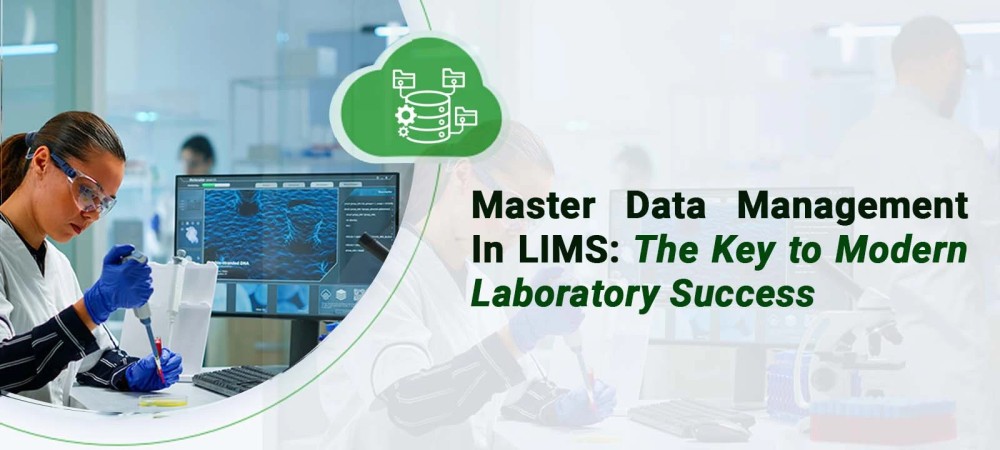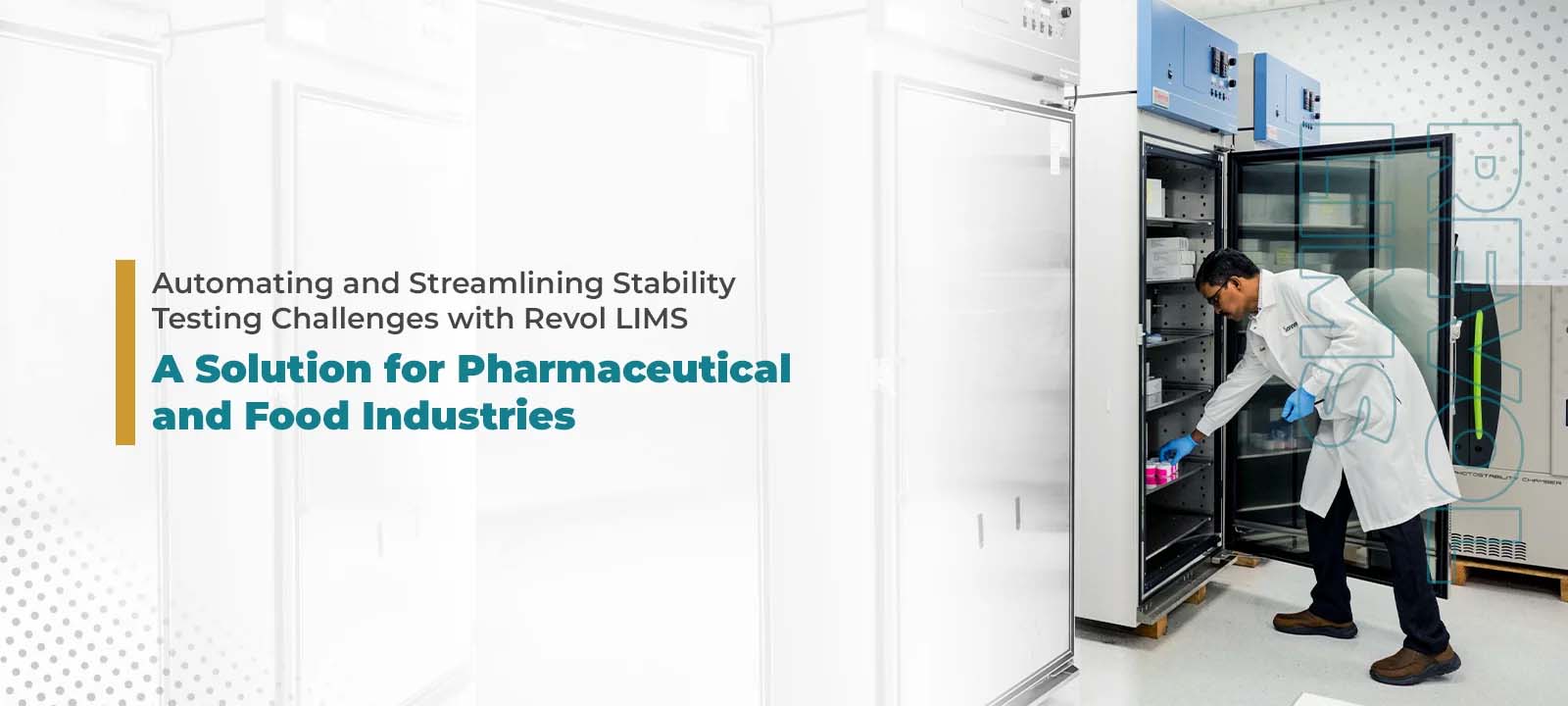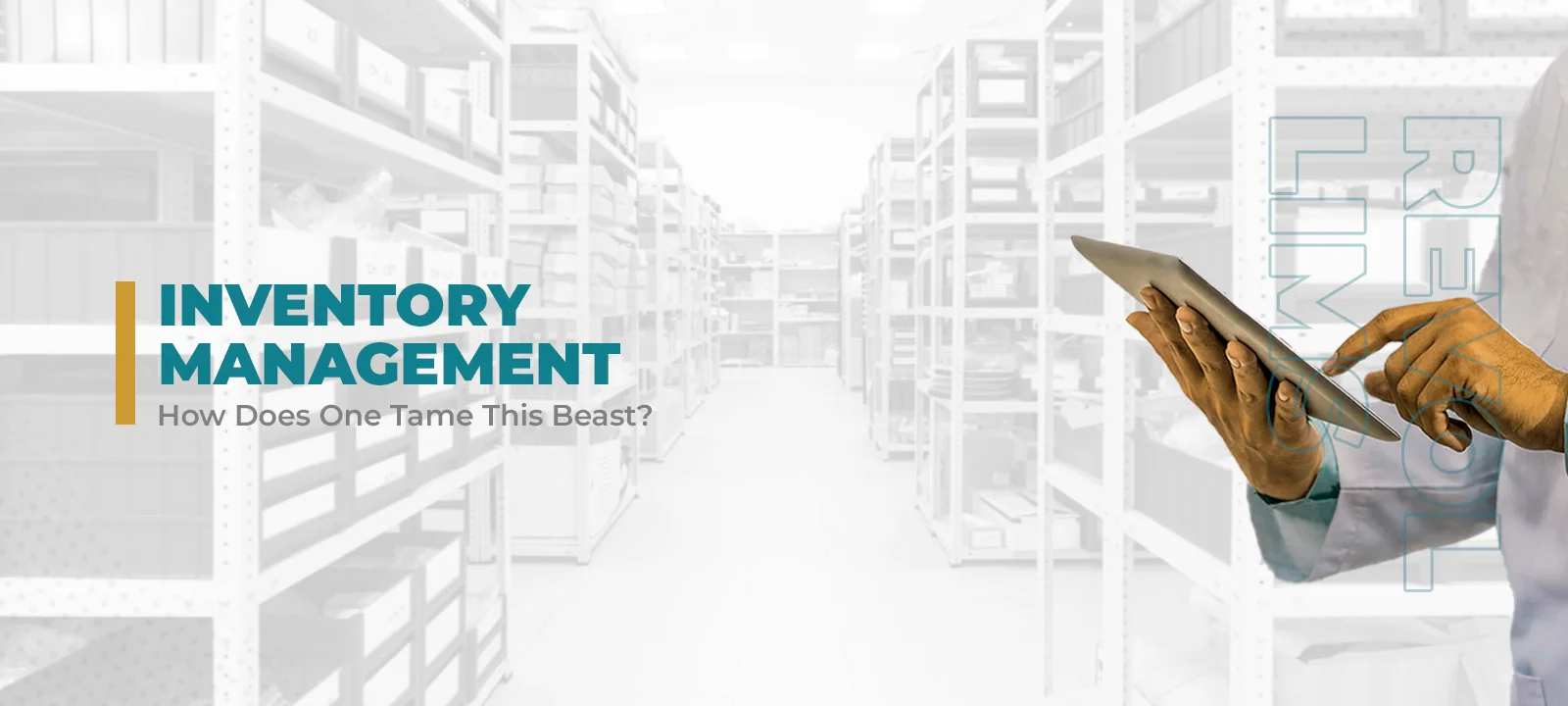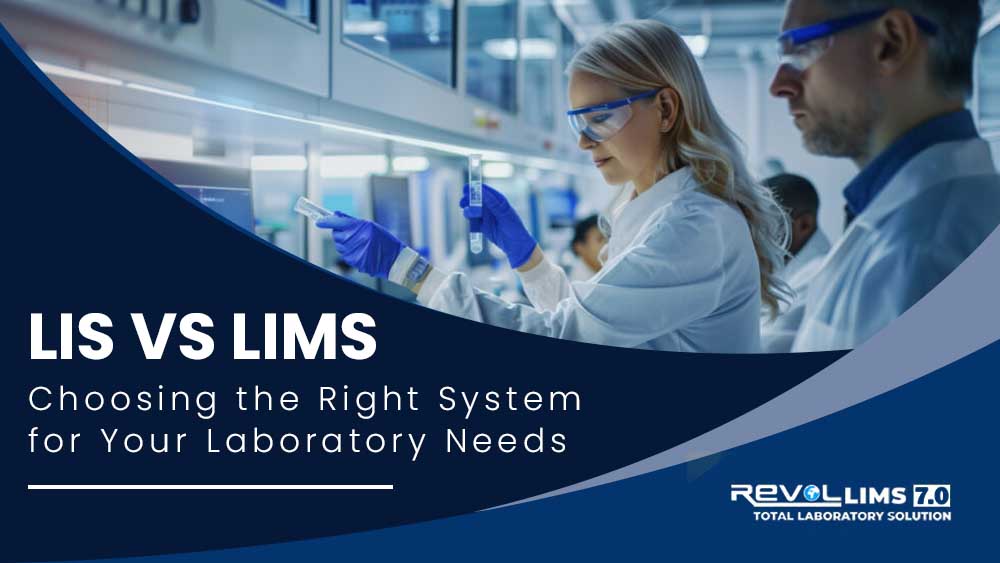
When it comes to managing laboratory processes, two critical systems often comes into play: Laboratory Information Systems (LIS) and Laboratory Information Management Systems (LIMS). While both are designed to streamline lab operations, they serve distinct purposes and cater to different types of laboratories. Understanding the differences between LIS and LIMS is essential for making the right choice to meet your lab’s unique needs. Choosing the wrong system can lead to inefficiencies, compliance issues, and missed opportunities for growth. Let’s break down the key differences, benefits, and use cases to help you make the right decision for your lab.
What is a LIS?
A Laboratory Information System (LIS) is a specialized software solution primarily used in clinical and medical laboratories. It focuses on managing patient data, test orders, and results, ensuring seamless integration with healthcare systems like Electronic Health Records (EHRs).
Key Features of LIS:
- Patient-centric data management
- Integration with EHRs and healthcare systems
- Support for diagnostic testing and reporting
- Compliance with clinical standards (e.g., HIPAA, CLIA)
- Workflow automation for pathology and microbiology labs
Best For:
- Clinical laboratories
- Hospitals and diagnostic centres
- Pathology labs
- Blood banks
What is a LIMS?
A Laboratory Information Management System (LIMS) is a broader system designed to manage samples, workflows, and data across various types of laboratories. It focuses on improving operational efficiency, ensuring compliance, and enhancing data traceability.
Key Features of LIMS:
- Sample tracking and management
- Workflow automation for research and testing
- Data integrity and traceability
- Compliance with industry standards (e.g., ISO 17025, FDA 21 CFR Part 11)
- Integration with instruments and enterprise systems
Best For:
- Research and development labs
- Environmental testing labs
- Food and beverage testing labs
- Pharmaceutical and biotech labs
- Quality control and manufacturing labs
Parallels of LIMS and LIS
Both LIS (Laboratory Information System) and LIMS (Laboratory Information Management System) share key similarities, including workflow automation, robust data management, and sample tracking capabilities. They integrate with lab instruments, ensure compliance with industry standards, and provide advanced reporting and analytics tools. Both systems enhance efficiency, improve data accuracy, and offer role-based security to protect sensitive information. While LIS focuses on patient-centric data for clinical labs and LIMS on sample-centric data for research and industrial labs, they both aim to streamline operations, reduce errors, and support regulatory compliance, making them essential tools for modern laboratories.
Benefits of LIMS over LIS
While both LIMS (Laboratory Information Management System) and LIS (Laboratory Information System) are essential tools for laboratory management, LIMS offers several additional benefits that make it particularly suited for research, industrial, and quality control labs. Here are the key advantages of LIMS over LIS:
1. Broader Sample Management Capabilities
- LIMS: Excels at managing large volumes of samples across diverse workflows, making it ideal for research, environmental testing, and manufacturing labs.
- LIS: Focuses primarily on patient-centric samples in clinical settings.
Benefit: LIMS provides more flexibility for labs handling a wide variety of sample types and testing requirements.
2. Advanced Workflow Automation
- LIMS: Automates complex workflows, including sample tracking, testing, and reporting, for industries like pharmaceuticals, food and beverage, and environmental testing.
- LIS: Focuses on diagnostic workflows, such as patient testing and reporting.
Benefit: LIMS supports more diverse and intricate workflows, improving efficiency in non-clinical labs.
3. Comprehensive Data Integration
- LIMS: Integrates with a wide range of instruments, enterprise systems (e.g., ERP, CRM), and third-party software.
- LIS: Primarily integrates with healthcare systems like EHRs (Electronic Health Records).
Benefit: LIMS offers greater versatility in connecting with various tools and systems, enhancing data flow across organizations.
4. Industry-Specific Compliance
- LIMS: Designed to meet stringent industry standards such as ISO 17025, FDA 21 CFR Part 11, GLP (Good Laboratory Practice), and GMP (Good Manufacturing Practice).
- LIS: Focuses on clinical standards like HIPAA and CLIA.
Benefit: LIMS ensures compliance with regulations specific to research, manufacturing, and industrial labs.
5. Enhanced Traceability and Audit Trails
- LIMS: Provides detailed audit trails for every sample, test, and result, ensuring full traceability and accountability.
- LIS: Tracks patient data and test results but is less focused on sample-level traceability.
Benefit: LIMS is better suited for labs requiring rigorous documentation for audits and regulatory inspections.
6. Support for Batch Testing
- LIMS: Optimized for batch testing, which is common in industries like food and beverage, pharmaceuticals, and environmental testing.
- LIS: Primarily handles individual patient samples.
Benefit: LIMS improves efficiency and accuracy in labs processing large batches of samples.
7. Customizable Reporting and Analytics
- LIMS: Offers advanced reporting tools and customizable dashboards for analyzing trends, performance metrics, and operational efficiency.
- LIS: Focuses on diagnostic reports for healthcare providers.
Benefit: LIMS provides deeper insights for labs looking to optimize processes and improve decision-making.
8. Scalability for Diverse Lab Types
- LIMS:Scales effortlessly to support labs of all sizes, from small research facilities to large industrial operations.
- LIS: Tailored for clinical and diagnostic labs, with limited scalability for non-clinical applications.
Benefit: LIMS adapts to the evolving needs of research, manufacturing, and testing labs.
9. Support for Non-Patient-Centric Data
- LIMS:Manages data for samples like chemicals, raw materials, environmental specimens, and industrial products.
- LIS: Focuses on patient data and diagnostic results.
Benefit: LIMS is ideal for labs that handle non-clinical samples and require robust data management tools.
10. Multi-Industry Applications
- LIMS:Used across a wide range of industries, including pharmaceuticals, biotechnology, food and beverage, environmental testing, forensics, and more.
- LIS: Primarily used in clinical and diagnostic labs.
Benefit: LIMS is a versatile solution for labs operating outside the healthcare sector.
Guidelines to Assess LIS vs LIMS
1. Cost of Implementation
- Software Licensing
- Hardware
- Customization
- Training & Support
- Integration.
2. Scalability
- Volume Handling
- Flexibility
- Multi-Site Support
3. Functional Requirements
- Workflows
- Data Management
- Compliance
4. User Experience
- Ease of Use
- Training
5. ROI
- Efficiency
- Cost Savings
- Long-Term Value
6. Vendor Evaluation
- Reputation
- Support
- Implementation
7. Future-Proofing
- Technology Updates
- Industry Trends
Which System is Right for Your Lab?
Choose LIS if:
- Your lab is clinical or diagnostic-focused.
- You need to manage patient data and integrate with healthcare systems.
- Compliance with clinical standards like HIPAA is a priority.
Choose LIMS if:
- Your lab handles research, quality control, or industrial testing.
- You need robust sample tracking and workflow automation.
- Compliance with industry standards like ISO or FDA is critical.
Real-World Applications
LIS in Action:
- Clinical Labs: Streamline patient testing, from blood work to genetic sequencing, with seamless EHR integration.
- Pathology Labs: Manage tissue samples, assign cases to pathologists, and generate diagnostic reports efficiently.
- Veterinary Labs: Track animal health data and deliver accurate diagnostic results for pets and livestock.
LIMS in Action:
- R&D Labs: Track thousands of samples, automate workflows, and ensure data integrity for groundbreaking research.
- Environmental Labs: Monitor air, water, and soil quality while maintaining compliance with environmental regulations.
- Food & Beverage Labs: Ensure product safety and quality with robust sample tracking and reporting tools.
Why the Right Choice Matters
Choosing between LIS and LIMS isn’t just about software—it’s about transforming your lab’s operations. The right system will:
- Boost Efficiency: Automate repetitive tasks and streamline workflows.
- Ensure Compliance: Meet industry-specific regulations with ease.
- Enhance Data Accuracy: Maintain traceability and integrity across all processes.
- Maximize ROI: Reduce costs and improve productivity with tailored solutions.
Conclusion
While both LIS and LIMS are powerful tools for laboratory management, the choice depends on your lab’s specific needs. A LIS is ideal for clinical and diagnostic labs, While LIMS (Laboratory Information Management System) is traditionally associated with research, manufacturing, and industrial labs, it is also capable of managing clinical data. Modern LIMS solutions have evolved to support patient-centric workflows, making them a versatile choice for labs that handle both clinical and non-clinical samples. With features like sample tracking, data integrity, and compliance with standards such as HIPAA, LIMS can effectively manage patient information, diagnostic results, and test workflows. This flexibility allows labs to consolidate their operations under a single system, streamlining processes and improving efficiency across diverse testing environments. Whether for clinical diagnostics or research, LIMS offers a robust platform to meet the unique needs of your lab.
By understanding the differences, you can select the system that maximizes efficiency, ensures compliance, and delivers the best ROI for your laboratory.
